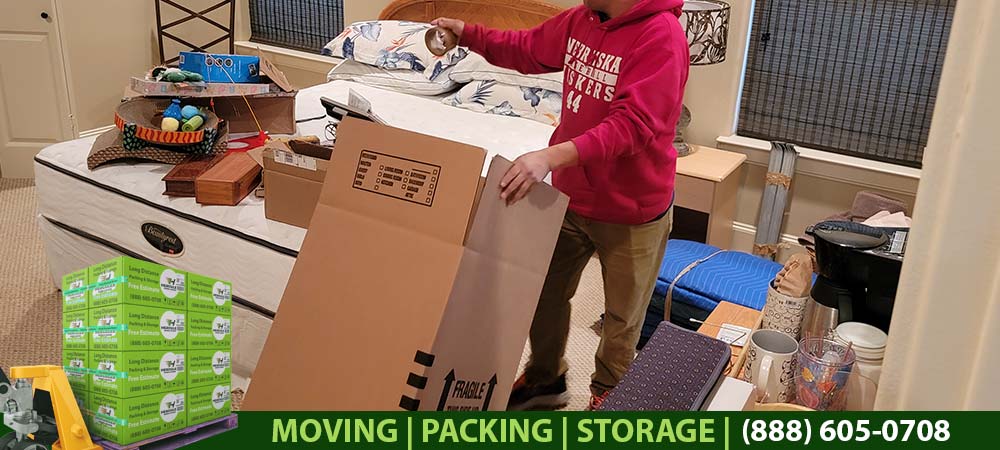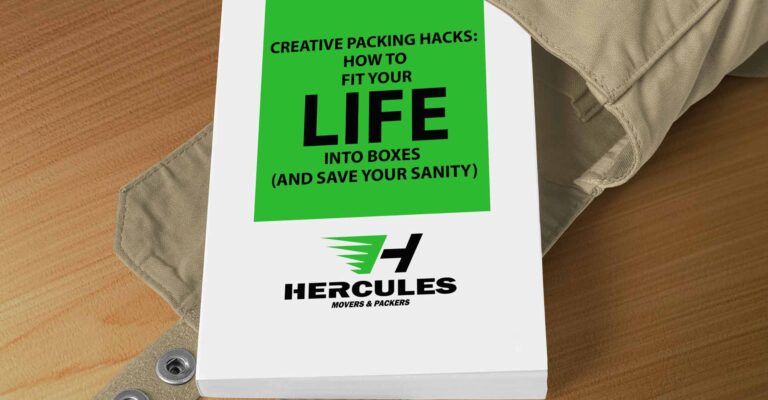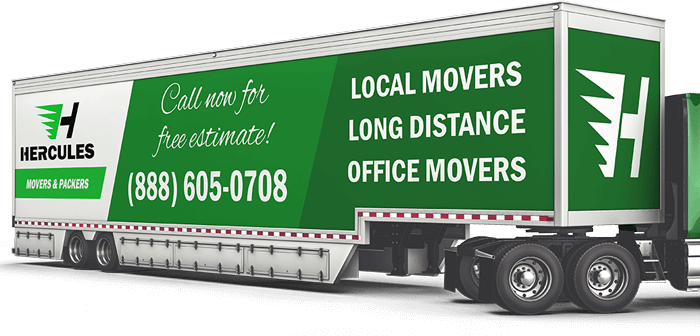Cardboard boxes are sturdy and can be easily taped shut, keeping your things from shifting around during the move. But how to pack cardboard boxes correctly is key – if you don’t do it right, your boxes could end up getting damaged, or worse, breaking open and spilling your belongings all over the place.
Here are some suggestions for packing cardboard boxes for a move:
1- Choose the correct size box.
When packing cardboard boxes, choosing the correct size for each item is essential. If you try cramming too much into one box, it could break. And if you use a box that’s too big, your things could shift around and get damaged. In most cases, using small boxes will be a better choice. Packing everything up will take a little longer, but you’ll have much less trouble moving and transporting them.
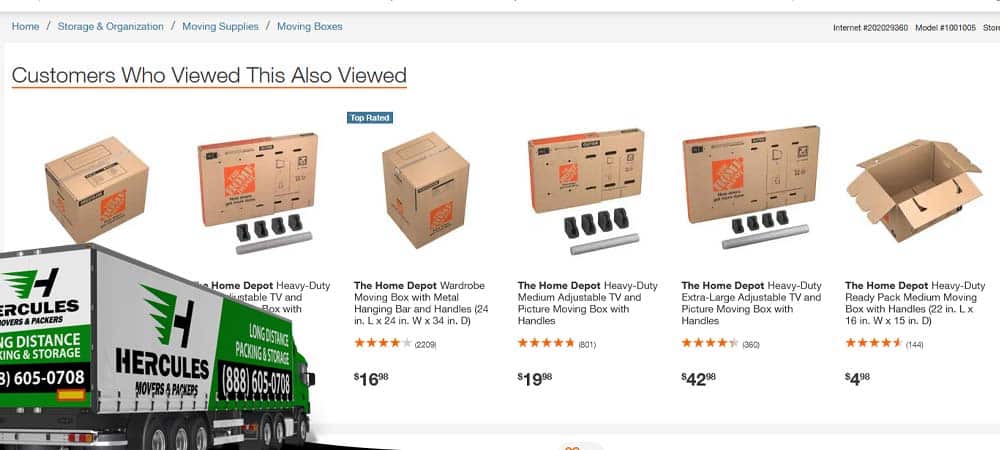
2 – Packing paper should be used to line the bottom of the box.
Packing paper is great for protecting your belongings during a move. It’s also helpful for keeping things from shifting around inside the box. To line the bottom of a box with packing paper, just cut a piece slightly smaller than the bottom of the box and tape it in place. This will provide a cushion between the objects and the items on top.
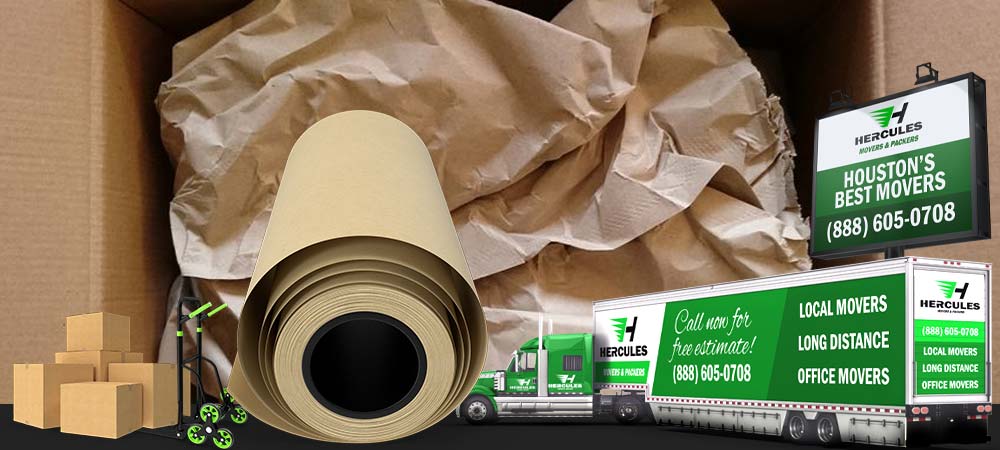
3 – Fill any empty areas with crushed paper or packing peanuts.
Once you’ve loaded your items into the box, you’ll want to fill any space with packing peanuts or crumpled-up paper. This will help keep your things from shifting around during the move.
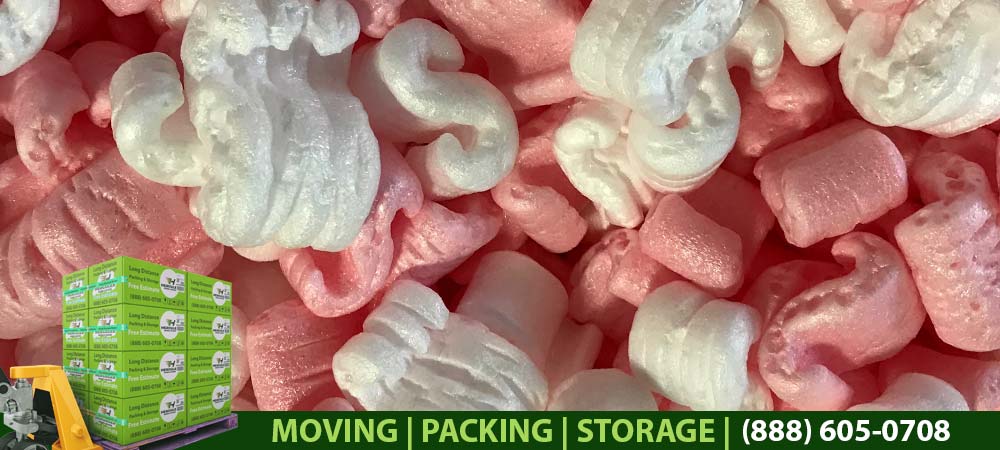
4 – Individually wrap fragile items.
Wrap each item in a separate sheet of paper if you’re packing fragile things, such as plates and glasses. A change in temperature or a sudden movement may cause these delicate items to shatter if they are stacked without this added protection.
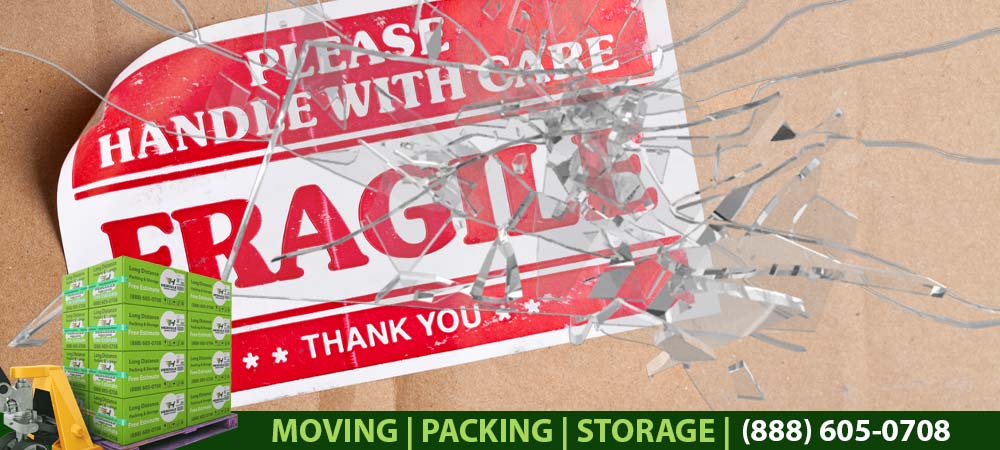
5 – Tape the box shut.
Once you’ve got the box packed, it’s time to seal it up. Use packing tape to secure the box in place. Then, use more tape to reinforce the bottom and sides of the box. Although the base may appear sturdy, when the boxes are carried, they may be inverted or fall over. If the bottom isn’t completely sealed, your items could spill out.
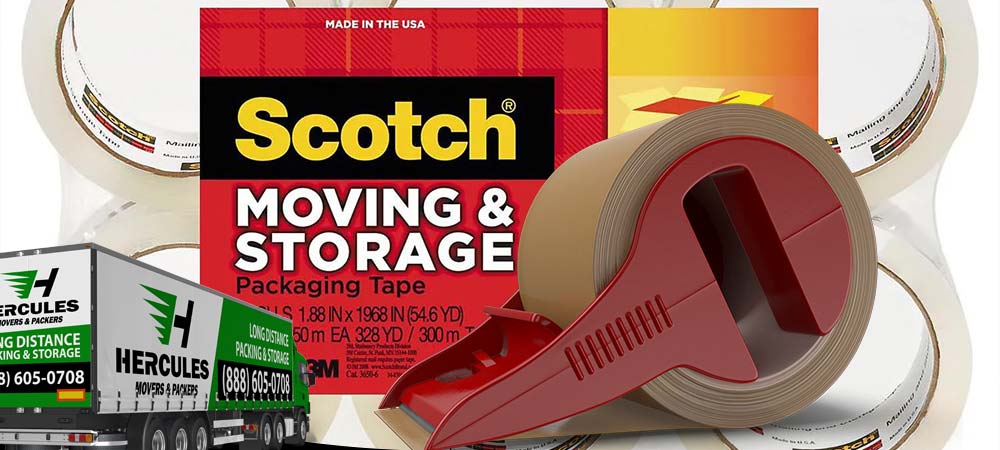
6 – Label the box.
Labeling your boxes is essential for two reasons. First, it will help you track what’s in each box. Second, it will help the movers know how to handle each box – for example, if something is fragile, they’ll know to handle it with care.
Implementing a numeric system can help you keep track of the number of boxes you have. Be sure to label the boxes with the contents and the destination room. For example, “Kitchen – Dishes” or “Bathroom – Towels.”
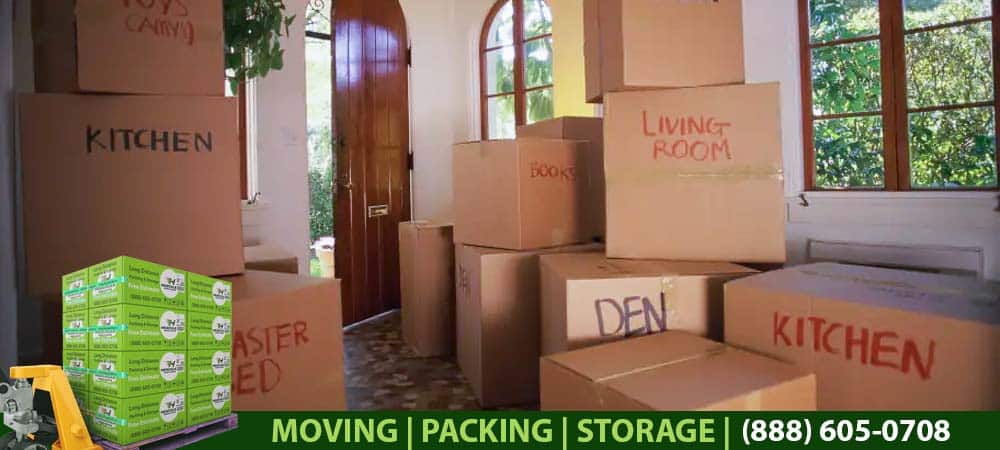
How to Use a Dish Pack Box Properly
Dish pack boxes are specially designed to pack fragile items like dishes and glasses. They’re taller and sturdier than regular cardboard boxes, which provides better protection for your things. But even dish pack boxes won’t do much good if you don’t pack them properly.
The number one key to success when packing a dish box is to use a lot of wrapping paper. You can’t go wrong by using too much. The more paper you put inside, the better protected your items are. It’s also critical to fill any space within the container with crumpled tissue paper to prevent anything from shifting inside.
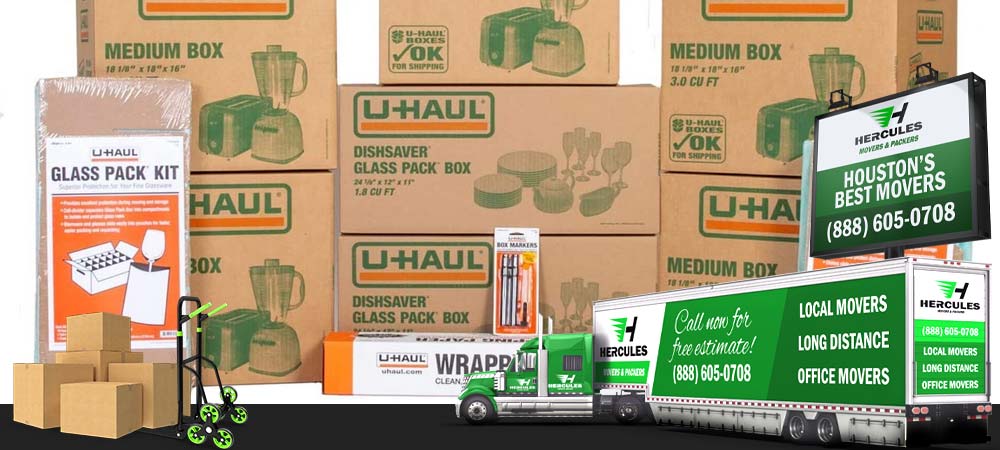
Start each box with a layer of crumpled-up packing paper at the bottom. The soft cushion protection for the bottom layer items will help prevent breakage.
Individually wrap every item with a few sheets of packing paper. Place all of the wrapped goods in a row in your dish pack.
Place the most weighty objects at the bottom of the box and the lightest things at the top. Once you have finished a row, place another layer of wrapping paper and start a new row. Ensure the dish box is not overloaded, and fill in the gaps with fillings so that the things do not shift around during transit.
How to Pack Using Wardrobe Boxes
Wardrobe boxes are a great way to transport your clothes – protect them and keep them wrinkle-free. Wardrobe boxes may also be used to pack other things, like linens, blankets, and towels.
Properly using a wardrobe box ensures everything is tightly secured inside. Clothes hangers should be hooked onto the bar that runs along the top of the box, and any loose items should be securely wrapped in packing paper.
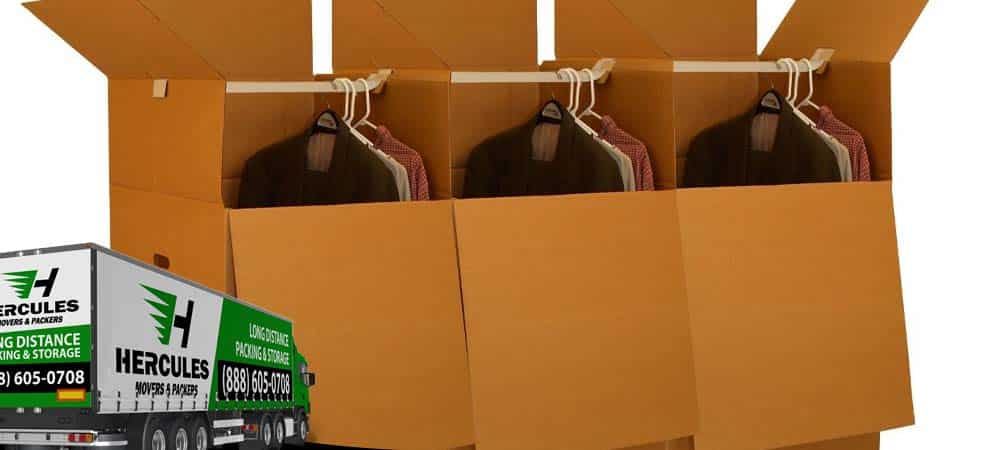
- Hang your clothes on hangers and place them inside the box.
The first step is to hang your clothes on hangers and place them inside the box. Please ensure the clothes face the same direction so they don’t get wrinkled.
- Secure the clothes in place.
Once the clothes are inside the box, use packing paper or a garment bag to secure them in place. Doing so will help prevent them from shifting around during the move and getting wrinkled.
- Fill in any empty space.
Once the clothes are secured, fill any empty space with packing paper or blankets. This will help prevent the clothes from moving around during transport.
- Close the box and label it.
After all the items inside have been packed, seal the box and use packing tape to hold it shut. Then, label the box with the contents and the destination room.
Packing is an integral part of any move. By taking the time to pack correctly, you can help ensure that your belongings arrive at their destination safely. And when it comes to packing, there’s no such thing as being too careful. So be sure to use the right packing supplies and take time packing your items.

